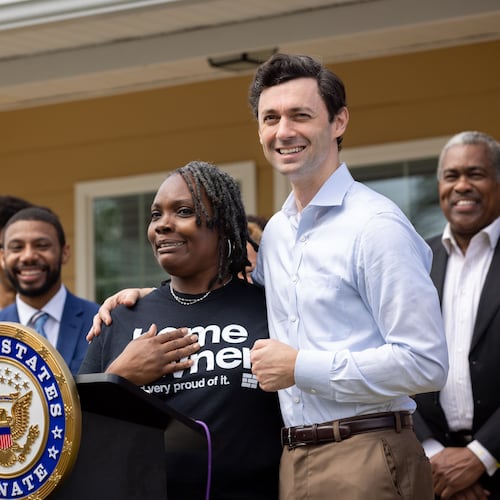It’s often the more important, mundane aspects of government which receive little or no attention. Once the world’s leader in the development and maintenance of its infrastructure, America has fallen to 16th in surveys of engineers and public works analysts. Though our population continues to grow, investment has been stagnant in roads, bridges, transportation and other common infrastructure, such as our utility grid and water and sewer systems.
Granted, replacing interstate bridges, water and sewer treatment plants cost big bucks. But as residents of most of DeKalb County can recently and reasonably attest, you don’t always appreciate the need for dependable infrastructure until you don’t have it; one damaged water main kept the county and its residents and businesses dealing with water outages, shortages and a boil-water advisory for nearly four days.
In our metro Atlanta Perimeter Center sub-market, our job is to develop and maintain one of the premier live, work and play communities in the Southeast, as well as to enhance the reputation of Georgia’s Fortune 500 address of choice. Making this dream a reality comes at real costs, and we have invested millions in transportation, mass transit and other infrastructure improvements within the two counties and three cities which our 4.2 square mile Perimeter Community Improvement Districts (PCIDs) straddle.
And we plan to invest more.
The $1.1-billion reconstruction of the I-285/Georgia 400 interchange will be Georgia’s largest transportation project to date, according to GDOT Commissioner Russell McMurry. The Georgia Department of Transportation (GDOT) Board formally authorized the project for construction earlier this summer.
The existing interchange has become one of the region’s most congested, handling nearly 500,000 autos and trucks daily, well beyond its original design capacity.
Our business leaders and major property owners understand that there is no free lunch, and we do not expect the state or federal governments to make major investments in our region without some type of commitment or contribution from the community. With that in mind, the boards of our Central DeKalb and Fulton County CIDs recently issued a formal resolution to Governor Nathan Deal, voluntarily pledging the first $10 million in hard construction costs.
The new interchange will incorporate miles of flyover bridges and collector distributor lanes as far back as Chamblee-Dunwoody Road, and reach as far north as Roswell Road along 285, as well as a similar span on Georgia 400 from the Glenridge Connector north to Spalding Drive — essentially two simultaneous projects.
Our CID property owners voluntarily commit millions each year in additional property tax revenues to our host counties and cities, and they felt it important to speak loudly and clearly in making a similar voluntary contribution at the state and federal levels. Groundbreaking is just over a year away.
Congress has struggled to identify a sustainable funding source for the U.S. Highway Trust Fund, which became insolvent on July 31. Congress has extended the current funding mechanism in place through October 31. The 35th such extension. We salute and celebrate our Governor, Lieutenant Governor and Georgia General Assembly for having the political will and leadership to recalibrate Georgia’s motor fuel excise tax, committing roughly $1 billion in new revenue per year towards new construction and infrastructure maintenance.
Though the I-285/Georgia 400 interchange is squarely in the midst of our PCIDs, it impacts traffic flow across metro Atlanta and the 29 counties included in our metro area. Metro Atlanta traffic patterns also cascade and ripple out into our state. Quicker transit through the interchange means more export capacity for the port of Savannah or faster receipt of raw materials in our carpet capital of Dalton. Georgia peanuts and Vidalia onions also benefit from heading north faster, whether through this interchange or the I-85/316 re-build, or the expansion currently underway in the I-75/575 corridor.
This historic project at the intersection of I-285/400 will benefit our entire state. We now look to our peers and other communities seeking investment and re-investment to help and lead by example as well.
About the Author
Keep Reading
The Latest
Featured


